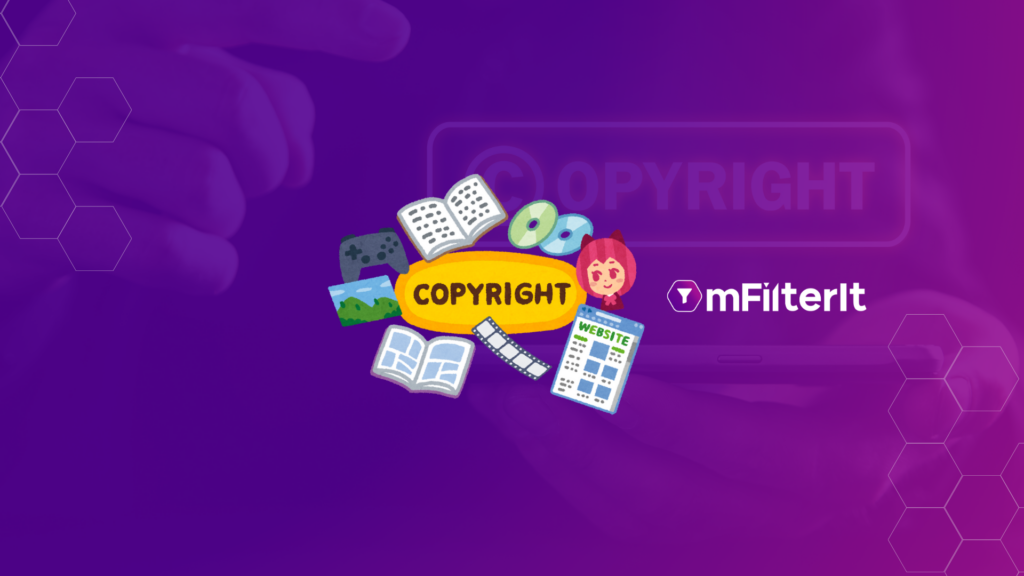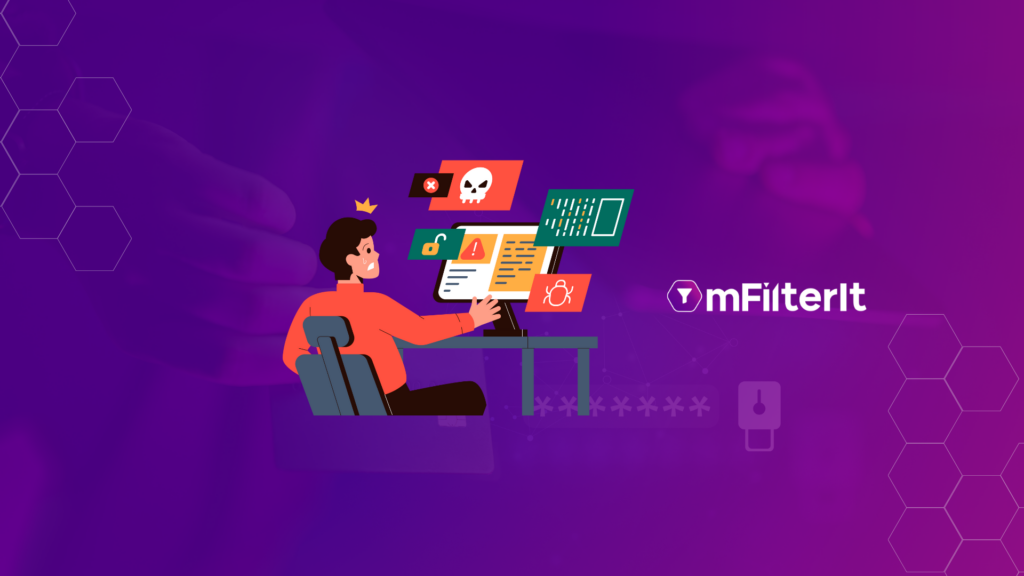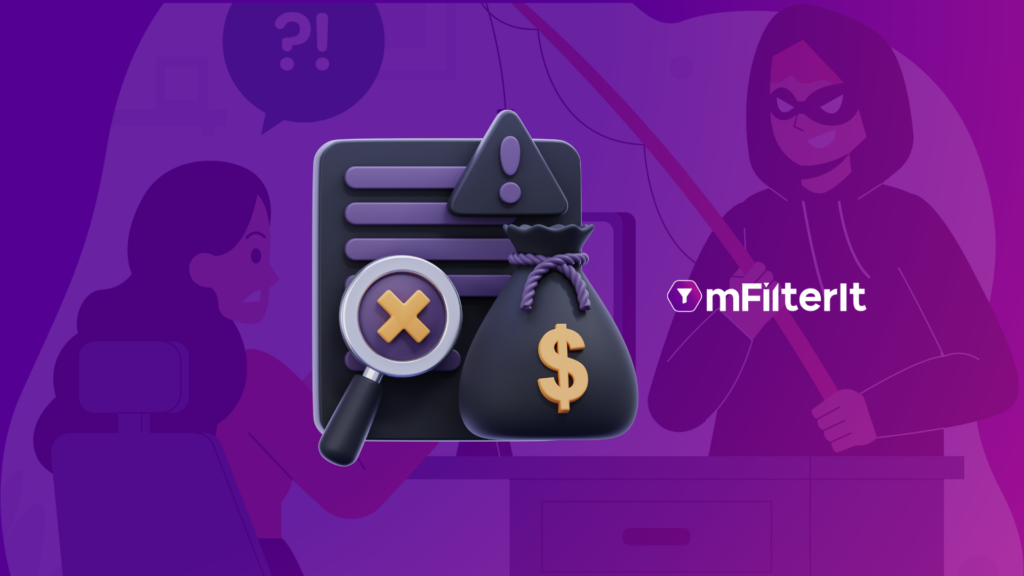Brand Safety on Social Media: How Do You Do It?
Digital marketers are increasingly concerned about brand safety in the wake of fake news and potentially offensive content. Innovations like social media platforms and programmatic advertising that has added efficiency and scale to digital marketing have also made it more difficult to control where your brand appears. Consumers are often in charge of social media environments, rather than publishers. Over the past few years, the use of social media has increased significantly. One in four consumers spends more than five hours a day on social media, according to a recent study. Facebook tops the popularity rankings, with 83% of respondents confirming they have an account, while YouTube is second. Yet video-based platforms such as TikTok, which recently reached one billion users globally, have emerged stronger from the pandemic. Despite this growth being great news for digital advertisers, there are substantial red flags. Content on these platforms includes text, audio, and video, often impacting brand safety concerns. Advertisers need trust, transparency, and confidence in their social media spending to be effective. Brand reputation is important Advertisers can reach young, vibrant users through platforms such as TikTok, who are highly engaged and have significant purchasing power. TikTok breaks down the traditional ‘bubbles’ of groups and friends, which allows brands to scale awareness fast and effectively, while streamers can attract large, loyal followings on platforms. Advertising on these emerging platforms, as well as on Facebook, YouTube, and Twitter can be challenging. Research states that over half (55%) of UK customers are unlikely to purchase a product advertised next to unsafe content on social media, while 35% will form an unfavorable opinion of a brand whose ad appears next to content that does not match the brand’s image. The measurement from a holistic perspective Although there are opportunities for companies willing to explore these new frontiers, caution is clearly needed. Making these spaces safer for brands should be a priority for the entire industry, so an industry-wide solution will be extremely effective. Standardized safety frameworks, such as those proposed by Global Alliance for Responsible Media (GARM) and Conscious Advertising Network (CAN), aim to improve digital safety for both brands and consumers. Brand safety and suitability will be better defined through shared definitions for these newly developed platforms, so advertisers can pinpoint problems and develop solutions. The platforms themselves can be part of this conversation, and many are making strides forward by opening their platforms up to third-party measurement to safeguard brands. With third-party reporting, marketers can measure success across platforms fairly and with one source of truth. By analyzing viewability trends over the course of the campaign, marketers can determine when to refresh a creative. This is done by determining when users tend to lose interest and scroll away after seeing the same ad several times. Moreover, analyzing time-in-view data across a variety of platforms and ad formats and using quartile completion rate data on video ads can help advertisers determine where their call to action should appear, so their message is seen. From here, marketers could make better and more accurate decisions on where what format and what type of content to use for their ads. Moving towards the safety and suitability of brands On these fast-moving platforms, brand safety and suitability are the primary considerations. Brand safety and suitability can directly impact brand outcomes. According to a social study, nearly half of UK online shoppers (47%) feel more favorable toward brands whose in-feed social ads appear next to content that aligns with their brand image. This can only happen if the industry focuses on two things: brand safety and collaboration. Expanding brand safety coverage to social in-feed environments is a key focus, including developing capabilities around image and video classification, while developing a framework that applies across social networks. These two advancements will provide advertisers with the tools they need to navigate brand safety concerns, while appropriate placements will eliminate the need for overly cautious blocking. Rather than trying to police all content, brands should focus on placing their ads alongside content that complements their messaging and is relevant to their target audience by using machine learning solutions that can read complex text, audio, and video mixtures. Despite the sheer volume and complexity of video content, marketers should consider carefully their ad campaigns based on brand suitability and contextual tools when available. As platforms grow in popularity, marketers must be able to make their mark quickly and safely. Think about a Brand Safety Solution mFilterIt offers brand safety solution based on machine and human efforts to combat recurring online problems. It also provides brand suitability and infringement solutions. As a result, your brand will maintain its market reputation and credibility among the people who engage with it on social media. While social media advertising is a necessity of the hour, brand safety is of the utmost concern. A viewer wouldn’t associate an advertisement next to an unrelated topic, trend, news, etc. Engagement tracking on social media ads can also be used for sentiment analysis and responsiveness analysis. However, marketers and advertisers may have difficulty capturing these on programmatic ads. mFilterIt’s brand safety solution can ensure your digital assets are safe.
Brand Safety on Social Media: How Do You Do It? Read More »










